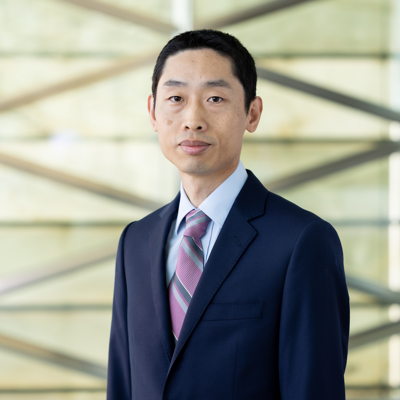
Mo Li
Associate Professor, Bioscience
Principal Investigator
We strive to decode the molecular blueprint of human regeneration through stem cell science and engineering, with the vision of transforming our understanding of healing into transformative therapies for the future.
Program Affiliations
Center of Excellence
Biography
Professor Mo Li earned his B.S. from Peking University, China, and his Ph.D. from the University of Georgia, U.S., before training as a postdoc at the Salk Institute, U.S. His research focuses on modeling human diseases, human embryonic development, and regeneration using pluripotent stem cells, cellular reprogramming, and genome editing technologies. His lab develops novel nanopore sequencing methods for identifying mutations in genetic diseases, genome editing, and the aging process. To date, he has published 80 articles in prestigious journals, including Nature, Science, and the New England Journal of Medicine. His work has been featured in the New York Times and China Science and Technology Daily. He serves as an editorial board member of Communications Biology, Science China Life Sciences, Blood Science, and Life Medicine.
Research Interests
Professor Li’s research attempts to understand the molecular basis of the regenerative mechanisms that maintain the proper form and function of the human body. His research programs build on a multidisciplinary platform that integrates stem cell models with genome engineering, functional genomics, bioengineering, and chemical screening to gain a holistic understanding of regeneration in its broadest sense, while keeping a commitment to fulfilling the translational promise of stem cell research.
Education Profile
Postdoctoral Fellow, Salk Institute for Biological Sciences, 2009
Ph.D., University of Georgia, 2007
B.Sc., Peking (Beijing) University, 2001
Publications
Research Areas
- Chemical and Biological Engineering

